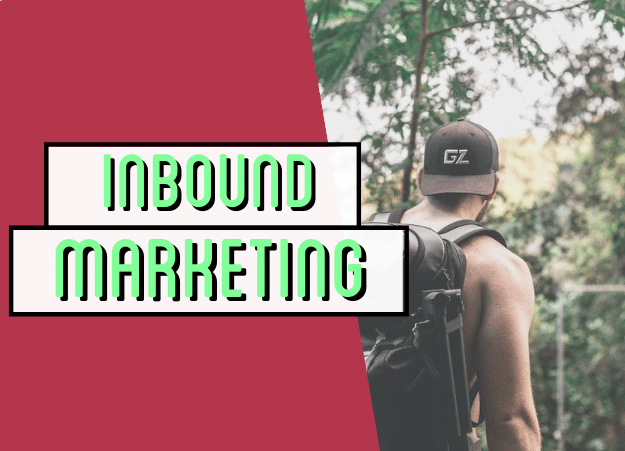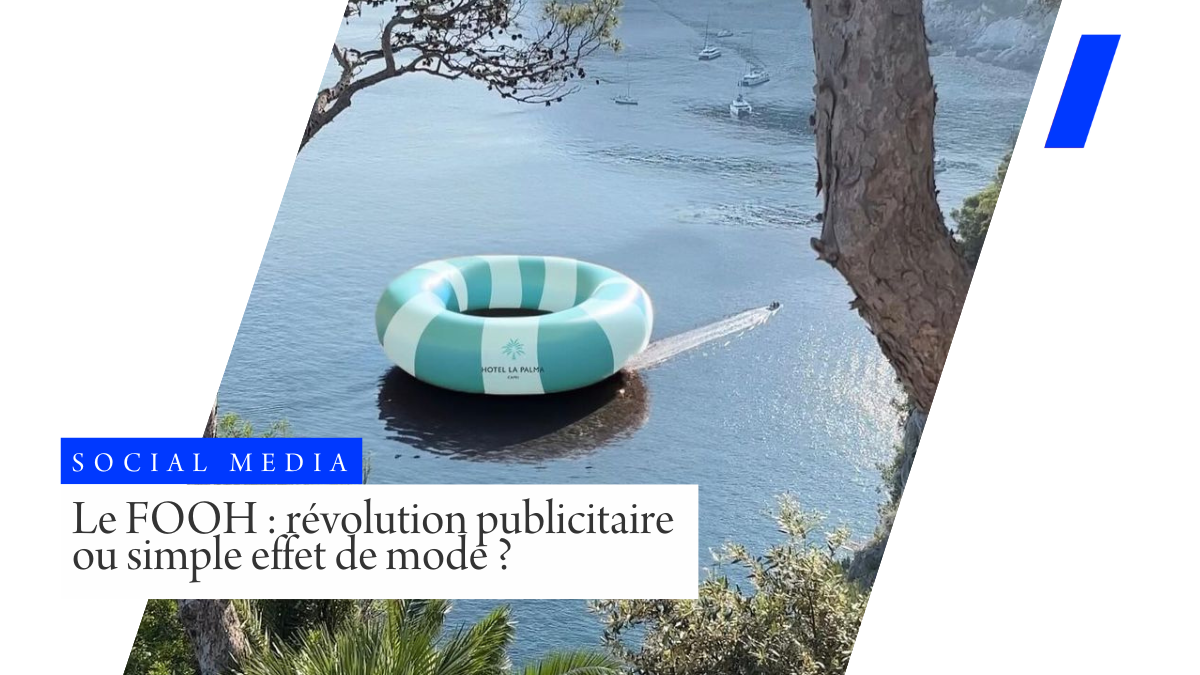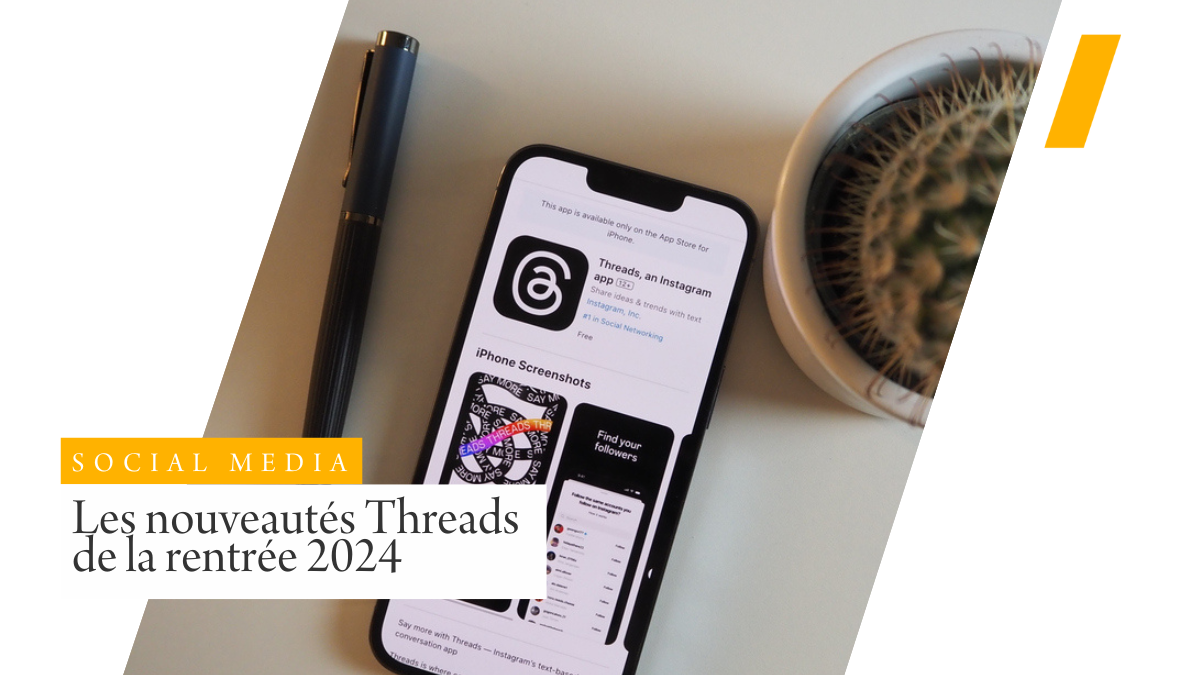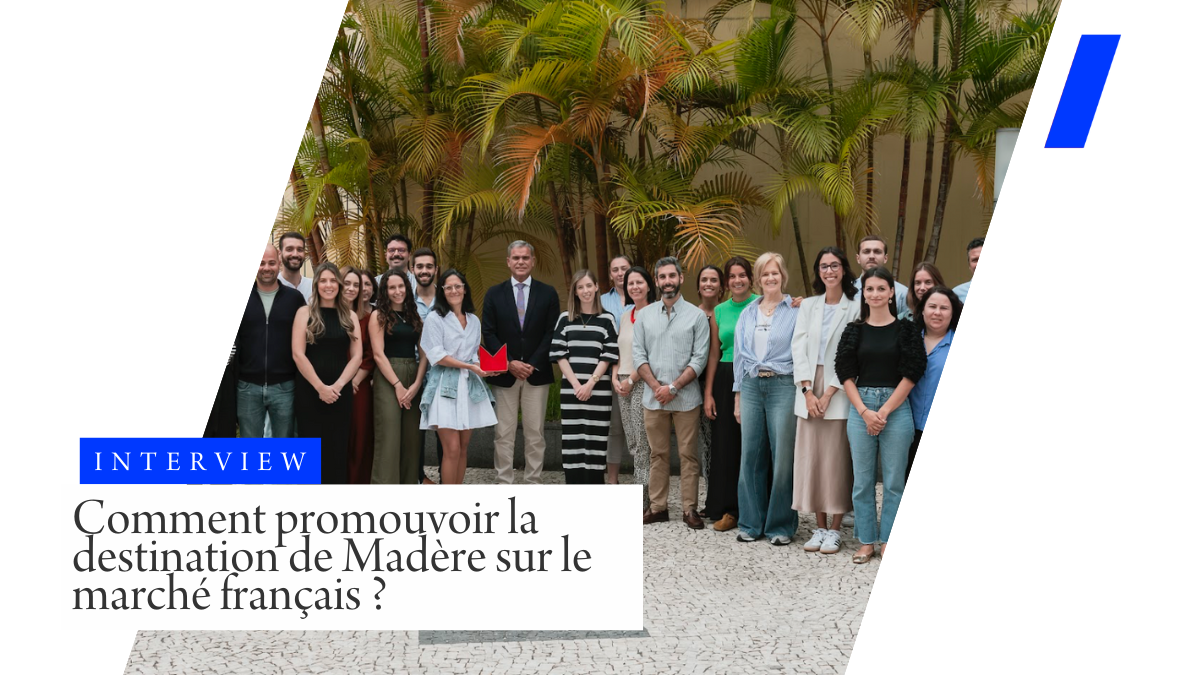From traffic generation to sales generation – that’s what inbound marketing is all about.
How do you capture visitors and lead them to conversion, to the purchase of a service or product?
Adapted to a travel agency, inbound marketing enables you to attract future prospects and turn them into customers.
Here’s how.
What is inbound marketing?
There are two ways of doing business: either you run after the customer (direct marketing is one example), or you do what it takes to attract them to you, to make them want to join you on their own.
In short, that’s what inbound marketing is all about.
However, the rest of the operation is very similar to all the marketing strategies that have been used for decades: the implementation of a funnel that takes the visitor through different statuses: visitor, prospect, customer, brand ambassador.
To achieve this, you need to start by building the right strategy, based on your defined objectives, the health of your market and the positioning of your competitors.
But the essence of inbound marketing lies in the media tools you need to use.
Here’s a 4-step guide to inbound marketing.

Start by analyzing data and optimizing your site
Before you even think about expanding your website ‘s audience or increasing traffic, the first thing to do is to optimize it from every angle.
There’s no point in generating a huge amount of traffic if conversion rates remain low.
To take a telling example, when you decide to part with your car, what’s the first thing you do?
Pay for advertisements in all the newspapers and media you can find, or change the oil, pass the MOT and wash the car?
When it comes to webmarketing, it’s the same thing.
Check that the site’s user experience is good, that conversion rates are optimum, that natural referencing is correctly carried out, etc.
To analyze this data and know where the site stands, it’s essential to install tracking via Google Analytics.
This way, you’ll know ;
- Where do the visitors with the highest conversion rates come from?
- What are the most effective keywords, those that lead to the highest conversion rates?
- Which products and services have the best visit/purchase ratio?
- What is the best target traveler according to his or her identity card (gender, location, age, interests, etc.)?
In this way, you can determine your average ticket per visitor, and set targets based on the market and the competition.
You can then define your strategic positioning and target the travelers who interest you most, while conveying your values and brand image.
Become your own media
Once you’ve completed this essential first step, you can focus on media development to attract a wider audience of visitors.
This is where inbound marketing comes in, as practiced by a good communications agency.
Diversify your sources and bring your image to life through them.
Create a blog, or several, alongside your site, create original video content, don’t be stingy with infographics, publish quality content (we’re talking primarily about SEO quality), develop partnerships and press relations with other blogs, not forgetting, of course, the now indispensable contribution of community management on social networks. 
Turn visitors into prospects
If you’ve set up your site correctly beforehand, and remembered to include a few calls to action on your content, whether editorial, infographic or video, you’ll gently draw your visitor into your travel offers.
From stranger to visitor, you’ve just turned them into a prospect.
If your content is indeed of high quality, visitors will want to find out more on their own, without even having the impression that you’ve intervened in their decision-making.
Once you’ve identified your visitors, you’ll know which profile you’re dealing with and can suggest the trips they’re most likely to like.
Use the right tools (forms, click-to-call, newsletter subscriptions, game or contest registrations…) to turn your prospect into a qualified lead you can contact on a regular basis.
Turn your prospect into a customer
This is where the effectiveness of your conversion work is measured.
There’s nothing to stop you from combining old methods with modern technologies.
Direct marketing (telephone, appointment setting, etc.) has its advantages when it comes to conversion.
Digital marketing (newsletters, mobile marketing, marketing automation, etc.) has additional weapons at its disposal to keep your prospect captive and achieve conversion at the right moment.
Ideally, all this work should be carried out with the help of a web agency.
What’s more, it’s this web agency that will also help you build customer loyalty, and better still, turn them into true ambassadors for your brand and your travels.
A satisfied customer who’s happy to talk about you will attract many more visitors to your site.
And so on.
Inbound marketing’s own funnel must be able to generate a virtuous circle of new leads.








